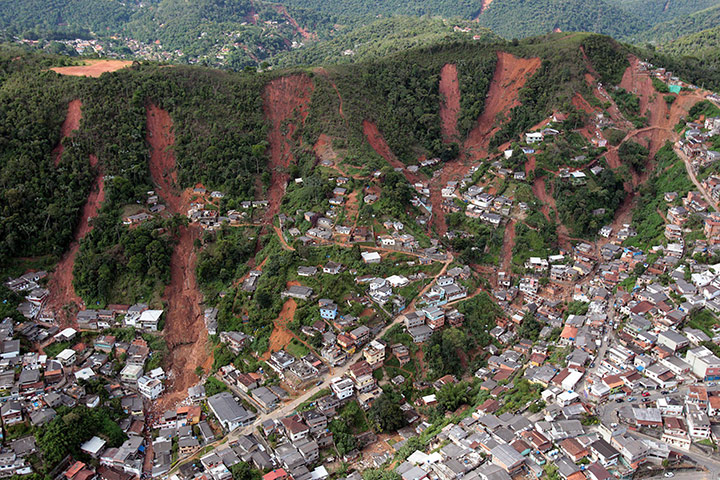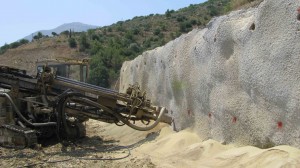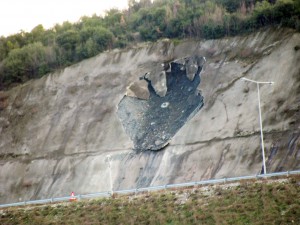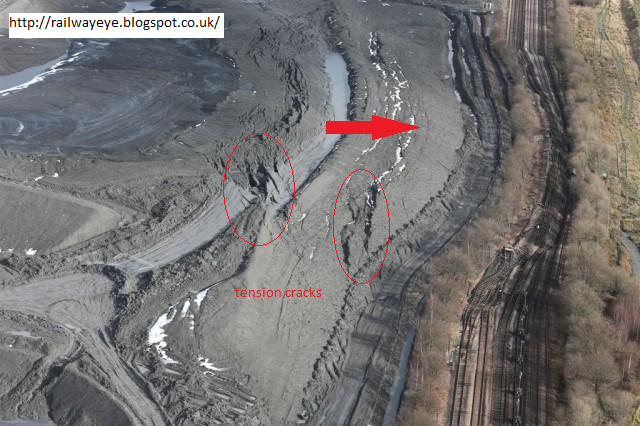Geosysta participated in the European Satellite Navigation Competition (ESNC) with the idea: “Real time monitoring of slopes and landslides with low cost GNSS receivers (ReTiMoS)” and was the Regional Winner of Greece.
Geosysta’s real time, cloud-based software Minefeed produces reliable storage, evaluation and alerts for slope stability monitoring based on records captured by topographic and geotechnical instruments. Geosysta has designed a system for real-time monitoring of slopes and landslides – ReTiMoS. This system can be used by the mining sector, highway operators and local authorities without significant experience in the field of slope stability to address the safely issue of upcoming or imminent landslides.
Geosysta’s idea was also one of the top 10 and she was invited to another very exclusive event as well, the E-GNSS Accelerator Bootcamp which took place on 04 Dec in Marseille, France.
The Awards Ceremony was held on 4th of December at the Palais du Pharo in the heart of Marseille, France, before an audience of about 600 invited guests.
The award received on behalf of the whole team, Mr. Chrysanthos Steiakakis, Civil and Mining Engineer, MSc, Co – Founder and CEO of Geosysta.
Special thanks goes to the Technical University of Crete and especially to Dr. Panagiotis Partsinevelos who is also an expert of the Galileo Masters, for their guidance, contribution and expertise.







